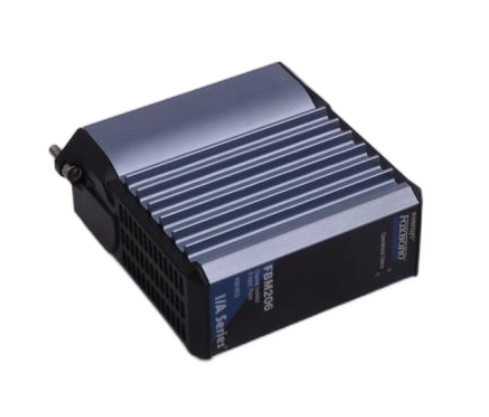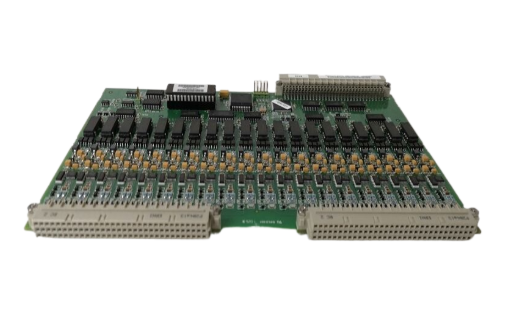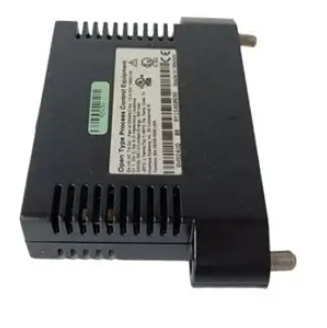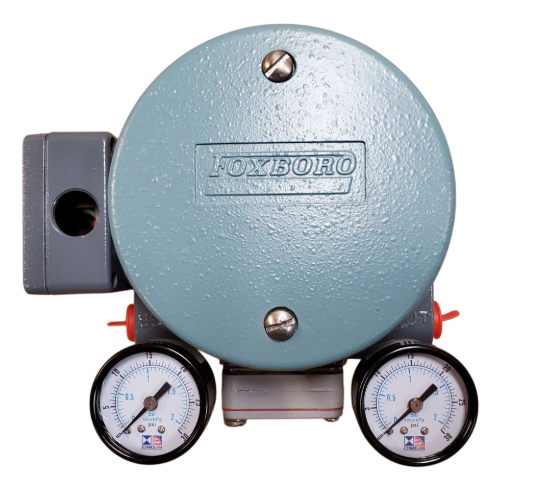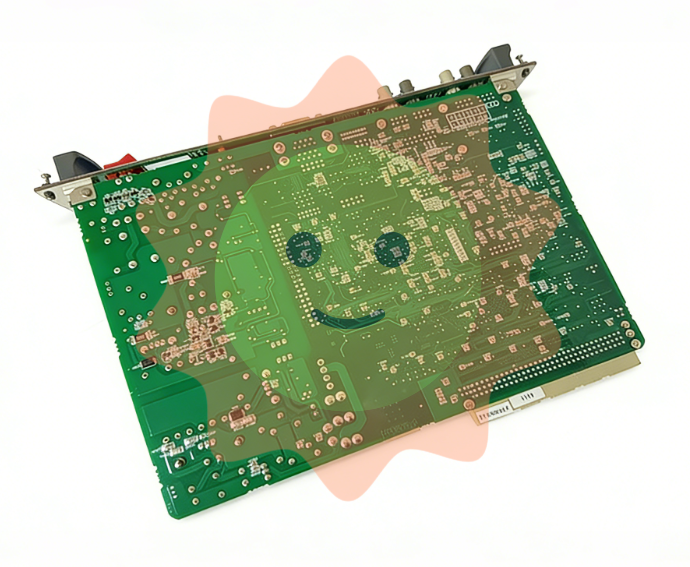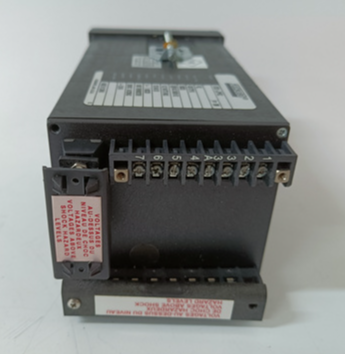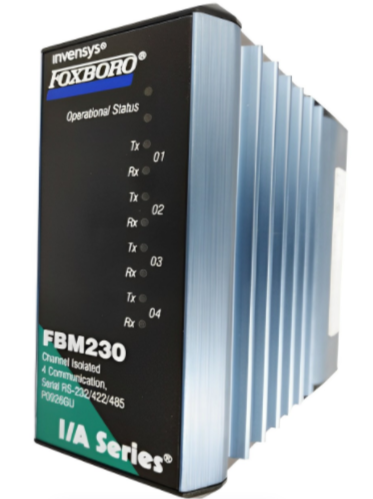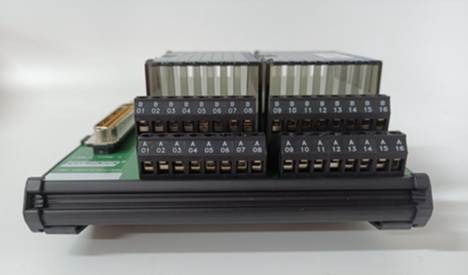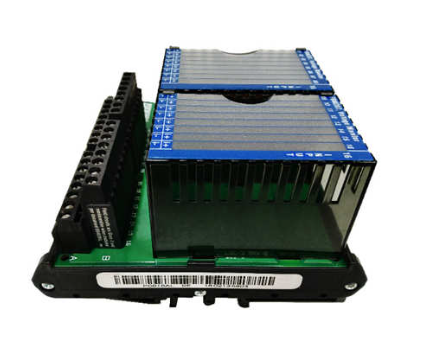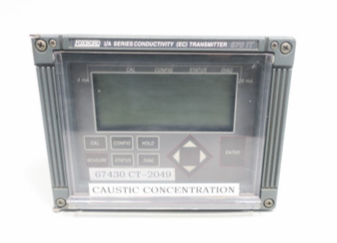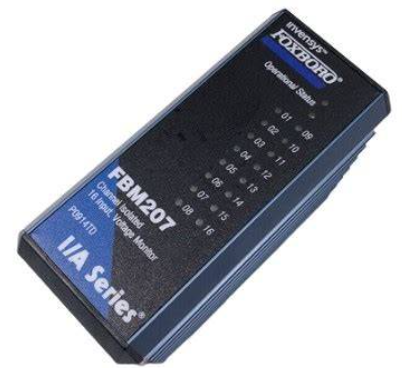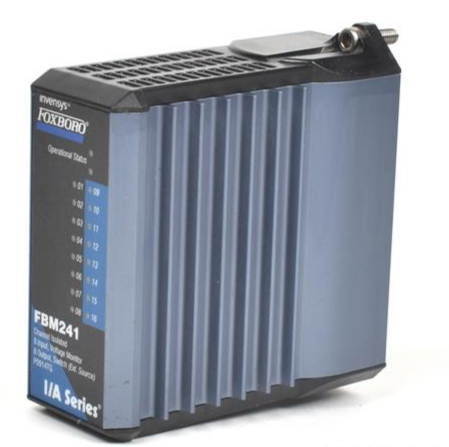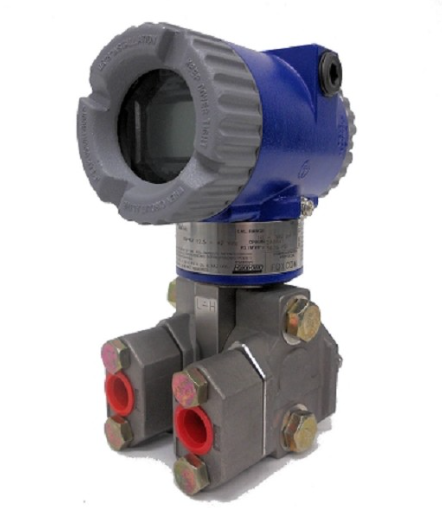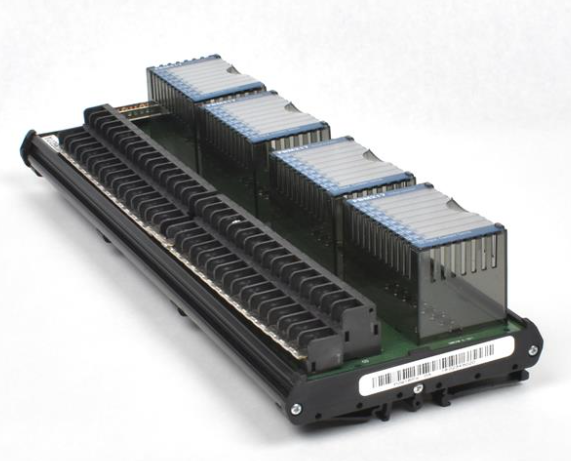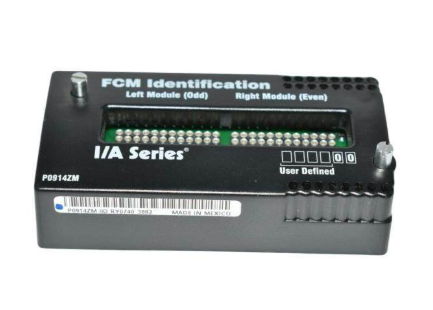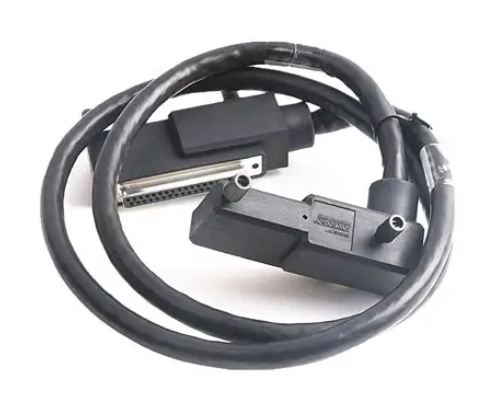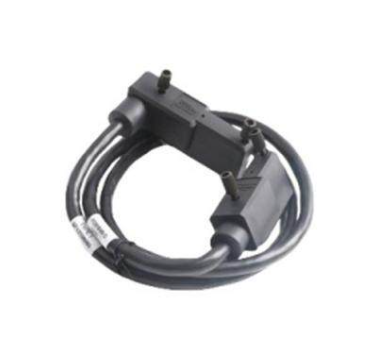Japan officially discharged the contaminated water into the sea, and 240 days later, the contaminated water will spread to China
Emissions will last up to 30 years
On August 22, local time, Japanese Prime Minister Fumio Kishida announced that if meteorological and hydrological conditions allow, it will begin to release nuclear contaminated water to the sea to deal with the explosion of the Fukushima first reactor on the 24th. According to Japan's Jiji News Agency reported on the 22nd, the secretary-general of the Liberal Democratic Party Motegi Toshimitsu said at a press conference that in order to promote the rehabilitation and restoration of Fukushima, it is necessary to discharge scientifically based purified water to the sea, and to take extra measures to prevent possible adverse public opinion influence, and hope that future work can be smoothly carried out.
Tokyo Electric Power (Tepco) plans to release the first batch of 7,800 tons of contaminated water from the Fukushima Daiichi nuclear power plant in 17 days, starting at 1 p.m. Monday, Kyodo News reported. The entire emission process is expected to take 30 years. In 2023, it is expected to emit about 31,200 tons, and the total amount of tritium is 5 trillion becquerels, which is about 20% of the upper limit of Tepco's annual planned emissions (22 trillion becquerels).
According to Tepco, the radioactive water discharged in Japan is treated with ALPS technology, which ensures that the concentration of radioactive substances, except tritium, is well below the relevant safety limits. Tritium is a radioactive isotope of hydrogen. Although the Japanese Ministry of Economy, Trade and Industry said that the energy of these rays is relatively low, the risk of external exposure is limited, and it is currently believed that tritium does not accumulate in the body and will be excreted. However, understanding the long-term health effects of tritium requires scientific research and monitoring. In addition, Fukushima nuclear contaminated water contains more than 60 kinds of radionuclides, in addition to tritium, there are carbon-14, iodine-129, many of which radionuclides have not yet been effective treatment technology, and Japan has been making "the problem is only tritium element" misleading. International environmental organizations have found that ALPS cannot remove radioactive tritium and carbon-14, nor can it completely remove other radioactive isotopes, such as strontium-90, iodine-129 and cobalt-60.

In addition, the impact of nuclear-contaminated water is global and is of greatest concern. The German Marine scientific research institute pointed out that the Fukushima coast has the strongest ocean currents in the world, and within 57 days from the date of discharge, radioactive materials will spread to most of the Pacific Ocean, three years later the United States and Canada will be affected by nuclear pollution at the other end of the Pacific Ocean, and 10 years later, the global sea. According to a report by a research team at Tsinghua University, macro simulation results show that the contaminated water will reach the coastal waters of China 240 days after the discharge, and it will reach the coast of North America and cover almost the entire North Pacific Ocean in 1,200 days. As our Ministry of Foreign Affairs has said, 24 August is likely to be a disaster day for the Marine environment.
On the 24th, the relevant official of the Ministry of Ecology and Environment said: "Our ministry attaches great importance to the issue of the discharge of contaminated water from Japan's Fukushima nuclear power plant. In 2021 and 2022, China has organized and carried out Marine radiation environment monitoring in the sea areas under its jurisdiction, and found out the background situation of the current Marine radiation environment in the relevant sea areas. The monitoring results show that the concentration of artificial radionuclide activity in seawater and Marine organisms in the waters under our jurisdiction is not abnormal, and is generally within the range of fluctuations over the years."
"At present, in accordance with the idea of monitoring key areas, covering jurisdictional sea areas, and mastering key channels, the Ministry is organizing the Marine radiation environment monitoring of China's jurisdictional sea areas in 2023." In the future, our ministry will continue to strengthen the relevant monitoring work, and promptly track and judge the possible impact of the Fukushima nuclear contaminated water on our Marine radiation environment, and earnestly safeguard our national interests and people's health."
All parties oppose
Prior to this, both Japan and the international community were strongly opposed to this decision, and the decision has not been shaken.
Katsuke Okada, secretary general of the Constitutional Democratic Party, criticized the government: "It should have taken measures earlier to prevent the spread of risk rumors." Nobuyuki Baba, a representative of the Japan Restoration Council, said in an interview with the media, "The concerns of the Tohoku region, including Fukushima, have not been completely eliminated." He said, The government should be fully prepared for the possibility of unexpected events after the release of the water. Kazuo Shiwai, chairman of the Japanese Communist Party, told reporters in the Diet, We will never tolerate such an act of giving up our promise not to take any action without the understanding of relevant people such as the fishing industry.
Lee Jae-myung, leader of South Korea's largest opposition Minjoo Party, condemned Japan's upcoming discharge of nuclear-contaminated water as a "terrorist act" and accused Japan of trying to bring irreparable disaster to South Korea and Pacific countries after threatening its neighbors with imperialist wars in the past. "Without scientific verification, without the understanding of neighboring countries, and without the consent of the Japanese people, they committed the evil act of dumping contaminated water into the public ocean of mankind."
Chinese Foreign Ministry spokesman Wang Wenbin also said that despite the serious concerns and firm opposition of the international community, the Japanese government insisted on announcing that it will start the discharge of Fukushima nuclear contaminated water into the sea on August 24, blatantly transferring the risk of nuclear pollution to the world, and putting its own interests above the long-term well-being of all mankind. China is seriously concerned about and strongly opposes it and has lodged solemn representations with the Japanese side.

Fishery impact
The most popular issues in Japan are the fishing industry and the stigmatization of Fukushima and its residents. According to TBS News, after the official announcement of the release of nuclear contaminated water decision, Kishida Fumio also announced that he invited Masanobu Sakamoto, chairman of the Japanese National Federation of Fisheries Associations, who opposed the release of nuclear contaminated water, to talk on the 22nd to discuss the budget of nuclear contaminated water release and the budget of fisheries. In order to be able to continue to communicate with fishing practitioners, Kishida Fumio also considered choosing occasions to meet with fishing practitioners.
In addition, Kishida also announced the establishment of a business continuity fund to ensure that fishermen can continue their fishing activities with peace of mind. "To address concerns about the reputational impact and continuation of livelihoods associated with the disposal of nuclear-contaminated water treated by the ALPS (Advanced Liquid Processing System), even if it takes decades to complete the treatment of the treated water, the government will take responsibility and work to resolve the issue," he stressed.
However, the inevitable impact on the fishing industry has also led Japan's National Federation of Fisheries Associations to express its dissatisfaction with the planned release of contaminated water. According to NHK, Japan's Minister of Economy, Trade and Industry Yasminoru Nishimura also met with Masanobu Sakamoto regarding the nuclear contaminated water discharge plan. During the talks, Japan's National Federation of Fisheries Associations said that although they have deepened their understanding of the safety of nuclear-contaminated water, they remain firmly opposed to the discharge of nuclear-contaminated water.
In fact, the National Federation of Fisheries Associations has been an important force in opposing the Japanese government's dumping of nuclear-contaminated water into the ocean. The National Federation of Fisheries Associations of Japan is an organization that brings together forces by working together to solve problems and challenges that fishermen cannot handle alone. For example, management and protection of fishery resources, access to market information, and research and development of fishery technology are among its tasks. An important reason for the domestic fishing industry's opposition to the release of nuclear-contaminated water is also the possible stigma.
According to NHK, after the Great East Japan earthquake that occurred on March 11, 2011, the primary industry in Fukushima Prefecture made various efforts to restore sales channels and shipments. However, rice, beef, fish and other products from Fukushima are still being bought at low prices. Japan's Ministry of Agriculture, Forestry and Fisheries, in its "2020 Circulation Fact Survey" released on March 31, pointed out that shipments of rice, beef, peaches, bell peppers, persimmons, and flounder are still below the pre-earthquake level of 10 to 30 percent. In addition, beef, peaches, persimmon prices are also 10 to 20 percent lower than normal levels.
According to Japan's Kyodo news Agency, in order to avoid stigmatization, the Japanese Fisheries Agency announced on August 11 that it would strengthen the testing of aquatic products around the Fukushima First nuclear power plant at the beginning of the release of contaminated water. At present, fishing is still being carried out along the coast of Fukushima Prefecture, in addition to the Fukushima First nuclear power plant within 10 kilometers. Every week, fish caught by the county are tested, and if radioactive material is found to exceed the standard, the state will direct shipment restrictions on the same species of fish.
In addition, the local fishing association will test all the fish to be shipped every day on the day of the fish catch for radioactive substances, and if the value exceeds their own setting, they will decide to stop the shipment.

Still, this has raised concerns among fishermen. According to NHK, Ishibashi Masahiro, 44, a fisherman from the Soma Futaba Fisheries Cooperative who uses the coast of the Fukushima area as a fishing ground, said, I do not understand why the decision to release radioactive materials was made without the understanding of the fishermen.
Ishibashi used to catch "Joban products" such as sole and fillet, which have been highly prized. However, after the accident, fishing was restricted and water production decreased. In June this year, as a representative of young local fishermen, he met with the Minister of Economy, Trade and Industry, Nishimura, and directly expressed his opposition to the release of radioactive materials. "Among many young people, they chose the fishing path, hoping to bring hope and a future to the fishing industry in Fukushima, but this [the discharge of nuclear-contaminated water and the stigma issue] could be a reason to lose hope," Mr Ishibashi said.
Koji Reiki, 62, a seafood wholesaler from Iwaki City, Fukushima Prefecture, has mixed feelings. He sells products based on caught fish at the local port fish market and wholesales them to fresh fish shops and restaurants throughout Fukushima Prefecture.
After the nuclear accident, he worked with other suppliers in the market to organize events to promote the charms of fish caught off the coast of Fukushima, and invited government representatives to a seminar on radioactive release plans to learn about the safety of released water and countermeasures to stigma issues. Suzuki said that although he opposes the release of radioactive materials, he understands the need to dispose of radioactive materials in order to push for the dismantling of nuclear power plants, so his feelings are mixed.
- EMERSON
- Honeywell
- CTI
- Rolls-Royce
- General Electric
- Woodward
- Yaskawa
- xYCOM
- Motorola
- Siemens
- Rockwell
- ABB
- B&R
- HIMA
- Construction site
- electricity
- Automobile market
- PLC
- DCS
- Motor drivers
- VSD
- Implications
- cement
- CO2
- CEM
- methane
- Artificial intelligence
- Titanic
- Solar energy
- Hydrogen fuel cell
- Hydrogen and fuel cells
- Hydrogen and oxygen fuel cells
- tyre
- Chemical fiber
- dynamo
- corpuscle
- Pulp and paper
- printing
- fossil
- FANUC
- Food and beverage
- Life science
- Sewage treatment
- Personal care
- electricity
- boats
- infrastructure
- Automobile industry
- metallurgy
- Nuclear power generation
- Geothermal power generation
- Water and wastewater
- Infrastructure construction
- Mine hazard
- steel
- papermaking
- Natural gas industry
- Infrastructure construction
- Power and energy
- Rubber and plastic
- Renewable energy
- pharmacy
- mining
- Plastic industry
- Schneider
- Kongsberg
- NI
- Wind energy
- International petroleum
- International new energy network
- gas
- WATLOW
- ProSoft
- SEW
- wind
- ADVANCED
- Reliance
- YOKOGAWA
- TRICONEX
- FOXBORO
- METSO
- MAN
- Advantest
- ADVANCED
- ALSTOM
- Control Wave
- AB
- AMAT
- STUDER
- KONGSBERG
- MOTOROLA
- DANAHER MOTION
- Bently
- Galil
- EATON
- MOLEX
- Triconex
- DEIF
- B&W
- ZYGO
- Aerotech
- DANFOSS
- KOLLMORGEN
- Beijer
- Endress+Hauser
- MOOG
- KB
- Moxa
- Rexroth
- YAMAHA
- Johnson
- Westinghouse
- WAGO
- TOSHIBA
- TEKTRONIX


Email:wang@kongjiangauto.com


